Features
Who would have thought demographic statistics would go viral? Certainly not self-confessed ‘Nerdy Girl’, Oxford Professor Jennifer Dowd, who was stunned when her social media post on excess mortality reached a global audience, as it was reposted and shared around the world.
Twelve women PhDs and clinicians – all experts in public health and related disciplines - were dubbed the ‘Nerdy Girls’ by a follower. Their mission is to curate reliable, accurate and trusted information about the pandemic – and they have gathered tens of thousands of followers across social media
The thing is, the Facebook post in question concerned COVID-19 deaths – and as Professor Dowd and her colleagues have discovered - there is an international appetite for trusted information about the pandemic, amid a torrent of misinformation.
Professor Dowd, the Deputy Director of Oxford’s Leverhulme Centre for Demographic Science, is working with 11 other women PhDs and clinicians – all experts in public health and related disciplines - dubbed the ‘Nerdy Girls’ by a follower. Their mission is to curate reliable, accurate and trusted information about the pandemic – and they have gathered tens of thousands of followers across social media.
Collectively, they are ‘Dear Pandemic’ and have become an online phenomenon, answering questions, providing information and engaging with some of the most common tropes, such as that vaccines alter your DNA (they don’t, insists Professor Dowd).
The Nerdy Girls have become an online phenomenon, answering questions, providing information and engaging with some of the most common tropes, such as that vaccines alter your DNA (they don’t)
Dear Pandemic started as a Facebook page last March and quickly added Twitter and Instagram. Now, there is even a Dear Pandemic website which contains a searchable archive of over 600 posts. Aside from Professor Dowd, the women academics are based in her home country of the US, where the concept originated – and where much of the ‘lively’ online debate is taking place around the pandemic.
COVID-19 has become an intensely political subject. Dear Pandemic, however, has cultivated followers across the political spectrum and keeps the focus on data rather than politics. In the beginning, says Professor Dowd, we saw ourselves as ‘a go-to source for friends and family’. But the need for helping people navigate the onslaught of COVID-19 information meant that the group’s reach grew very quickly to many thousands of followers.
‘We wanted to be a relatable and trusted source, the nerdy mom-next-door, who just happens to have a PhD.’
We wanted to be a relatable and trusted source, the nerdy mom-next-door, who just happens to have a PhD
By using the same platforms as the purveyors of misinformation, the nerdy mom’s fact-based insights were being shared far beyond next door. And they did not want just to post science.
According to Professor Dowd, they wanted to ‘help people learn how to vet and interpret information for themselves’. It is something the Nerdy Girls call ‘information hygiene’. An example of this came on Friday, with a Facebook post about detecting misinformation.
The group posts new material on Facebook twice a day, often helping to distil recent news, such as vaccine trial results or debates about herd immunity. Post topics range from practical COVID-19 prevention (Has my COVID bubble gotten out of control?), scientific controversy, and mental health. Professor Dowd says, ‘We try to answer specific follower questions as well as anticipate the hot science topics of the day. It is a constant dialogue with our followers to understand what information people need to make the best decisions for themselves and their families.’
Right now, all eyes are on the vaccines – and with very large numbers of people in the US saying they will not be inoculated, it is not without controversy. The Nerdy Girls include experts in vaccine hesitancy and the team intends to work tirelessly to break down the myths and address concerns to help people feel better about the safety of vaccines.
The Nerdy Girls include experts in vaccine hesitancy and the team intends to work tirelessly to break down the myths and address concerns to help people feel better about the safety of vaccines
With some 50,000 Facebook followers, the group has considerable reach – and some posts, particularly those tackling misinformation can end up with 250k views. Professor Dowd’s posts on excess mortality- normally hard-core demographic interest only – have been among the most widely viewed and shared. The posts help debunk the myth that most COVID-19 deaths are of people who were going to die soon anyway.
‘Having access to reliable information empowers people, she says. ‘The average person can’t devote the time to navigating this overwhelming amount of information themselves and don’t know how to refute friends and relatives who might be sharing misinformation.
‘We see it as our core mission to educate and arm people with the knowledge to make informed decisions and have discussions with their loved ones.
‘Because we are using social media, our posts can be easily shared—a way to turn the weapons of misinformation against themselves.’
The Nerdy Girls have undertaken more than 200 media appearances so far with the goal of helping journalists interpret the science and ensure accurate information is in circulation. Family celebrations have been a recent focus, with the Nerdy Girls strongly urging households to ‘invest in future holidays’ and hold off on gatherings, especially with the promise of vaccines on the horizon.
But why is the group female only?
‘Since the beginning of the pandemic, there has been evidence that women academics were suffering more than men as a result of the pandemic, including family responsibilities and remote schooling....we wanted to amplify the voices of female expertise during the pandemic.’
We’ve all had to find our purpose during this pandemic, and it turns out public communication of demography and epidemiology is having a moment...it keeps me going to believe that we are helping people to make evidence-based decisions about risk and how to best protect their families
Professor Jennifer Dowd
They also hope to inspire and train up the next generation of Nerdy Girls.
A year ago, Professor Dowd - who serves as Dear Pandemic’s chief scientific officer- would never have imagined herself writing for thousands of readers on Facebook, rather than the handful who read a typical academic article. But the urgency of robust science communication during the pandemic has made this a calling she is happy to embrace.
‘We’ve all had to find our purpose during this pandemic, and it turns out public communication of demography and epidemiology is having a moment. While public health efforts are hard, because one never sees the infections that you prevent, it keeps me going to believe that we are helping people to make evidence-based decisions about risk and how to best protect their families.’
By Michael Bonsall, Professor of Mathematical Biology, based in the Department of Zoology, University of Oxford
We are all familiar now with the use of circuit breakers, lockdowns and other interventions, such as masks and social distancing: these have been policy decisions to restrict the spread of COVID-19 in many places. In the UK, the use of lockdowns aiming to restrict mass movement and gathering have been used to restrict the spread of infection and ensure the capacity of the virus to spread is limited (making that R number fall below 1).
The value of these circuit breakers treads a fine line - while epidemiologically we know that quarantines and restricting movement would break the virus transmission cycle, epidemiology can’t exist in a vacuum and public health policy decisions need to be embedded in a broader social and economic context. Treading the tightrope of limiting infection spread, protecting the health services and maintaining the economy is a complex (nonlinear) problem fraught with scientific and political uncertainties.
Circuit breakers have other consequences than the immediacy of reducing R numbers. This can disrupt transmissions and affect the size and timing of infection peaks. In a recent commentary here we show that lockdowns can push the peak of subsequent waves of infection into the future. As an example, if a hard circuit breaker had been implemented through October, disrupting disease transmission, we have shown that the peak infections of COVID-19 would have been displaced by up to three months from early January to early April.
Provided these circuit breakers are longer than infection incubation periods and infected individuals follow self-isolation guidance, this sort of disruption to the flow of transmission has – in reality - multiple goals; first is the direct effect of reducing immediate transmission, second is shifting the infection peak and third is decoupling COVID-19 from other upper respiratory infections. Put simply, if a shift in the cycle of transmission of COVID-19 shifts an infection peak in January to a peak in April, then health services retain the capacity to offer support to patients with other infections such as seasonal flu.
Seasonal flu is a common upper respiratory infection; it has a lower spread rate than COVID-19 and there is a jab against the most likely common strain in circulation. However, it remains a virus of public health concern: it increases burden at this time of year on the health services and on average, kills 25K people a year in the UK.
Ultimately, circuit breakers can stem the transmission of COVID-19 and disrupt infection peaks, potentially separating peaks in seasonal flu and COVID-19 infections, and allowing critical health services to deal with winter illness.
As vaccine roll out develops at pace, further disrupting the spread of COVID and then using short circuit breakers might be the optimum approach to saving lives.
Could it ever be better to keep a wild-born, formerly captive orangutan in a cage? Should they be released into the ‘wild’? If so, which wild, and how should they be prepared for life in the forest? Should conservationists turn down much-needed donations, because they do not like or approve of the donor? Hardest of all: are efforts to rescue apes facilitating the destruction of habitats, with rescuers acting as a clean-up service for companies involved in deforestation?
Could it ever be better to keep a wild-born, formerly captive orangutan in a cage? Should they be released into the ‘wild’?
Conservation is anything but simple and, according to Dr Alexandra Palmer, a researcher with Oxford’s School of Geography and the Environment, in her recent work, Ethical Debates in Orangutan Conservation, there are important ethical questions raised by conservation activities, which may not be immediately apparent but which cannot be ignored.
Focusing on her qualitative research into orangutan conservation, Dr Palmer's book looks into conservation efforts and ‘rehab’ programmes all over Sumatra and Borneo, where orangutans who have been kept in captivity, often as pets, in the region and beyond are prepared for release into the wild. After visiting most of the centres, Dr Palmer says she found a far more complex debate than the public often hears.
She insists that there is good reason for conservation of ‘our critically endangered great ape relatives’, but Dr Palmer discovered a diverse and, in some ways, a conflicting world of conservation groups. All may be engaged in trying to help great apes, but the conservation community’s methods and ideas are diverse.
For example, some groups refuse money or collaboration with certain donors such as palm oil companies, while others see this as ethically acceptable or even desirable, at least in some circumstances. And there are debates about whether rehabilitation is even a good use of scarce resources. On the other hand, if formerly captive orangutans aren’t sent back to the forest, what should be done with them? Is it ethically acceptable to kill them, or keep them in a cage? What constitutes good conservation practice is up for debate in the depths of the Indonesian and Malaysian forests.
According to Dr Palmer, conservationists across the two islands are caring for perhaps 1,200 formerly captive orangutans. They are doing this against a background of limited funding, competing charities, government involvement, and big business. And they are coming up with a lot of different answers to ethical questions.
Most orangutan rehabilitators working in the region concur that captive orangutans can learn to prepare for life in the wild through ‘forest schools’, where they get a taste for forest life under supervision from their human babysitters
Orangutans are iconic, frequently used by advertisers and film-makers as representatives of thoughtfulness and wisdom. But the fate of former captive apes is throwing up a multiplicity of dilemmas – starting with whether, why, and when it is in the interests of conservation efforts or former pets to devote large sums to sending individuals into the wild. What if they are unlikely to cope? Would the money have been better spent trying to stop apes being evicted from the forest in the first place? Is rehabilitation really necessary, given that perhaps 70,000 wild apes remain on Borneo?
Although orangutans have often been described as ‘semi-solitary’, they do have social links with others. Females, for example, tend to settle near their mothers and sisters. Given the problems posed by releasing strangers into their midst, modern-day rehabilitation projects usually aim to release orangutans into empty (or near-empty) forest. But, if the forest is empty, perhaps there is a reason for that, which means it is not a great home for orangutans? Maybe there are poachers there or other dangers? And what do you do if you can’t find any ‘empty’ forest, given the rapid conversion of orangutan habitat into palm oil and other plantations?
One thing most orangutan rehabilitators working in the region concur about is that captive orangutans can learn to prepare for life in the wild through ‘forest schools’, where they get a taste for forest life under supervision from their human babysitters. Differences in approach creep in at other stages, however. One bone of contention is whether hands-on, affectionate care for infants harms or helps them. Some argue hands-on care contributes to ‘humanisation’ (dependence on and attraction to humans), creating problems after release. Others say affection gives infants the confidence they need to explore the forest and learn from peers, and that their bonds with human caregivers ultimately do not stop their progress.
Other questions emerge around the sort of monitoring needed, after release. Is it necessary to monitor orangutans closely, to make sure they are all right? Or is it enough just to check radio antennas occasionally to make sure they are still moving? And how much scarce time and money needs to be devoted to monitoring?
Heartbreakingly, there is a serious dilemma over the fate of older apes, especially males, who are potentially too dangerous for forest schools. While younger animals can be cared for in forest schools, larger males pose a significant physical threat to conservation staff. If a male orangutan reaches an age where he’s too dangerous to handle, he may become one of the ‘unreleasables’, says Dr Palmer.
But how exactly should ‘unreleasability’ be defined? Rehabilitators give different answers, according to Dr Palmer. While some rehabilitators are mostly interested in physical health, for others psychology is hugely important. This is a difficult issue because unreleasables will probably stay in cages for the rest of their lives. Because of the need to target funding, to where it can do the most good, they are usually not very big cages. Would life in a small cage be better than an uncertain life in the forest? Some conservationists are starting to come up with comfortable long-term homes for their unreleasables, but these are expensive and not an option for all groups.
Rehabilitation, says Dr Palmer, is often presented as sending former captives ‘home’. But, she asks, ‘Where is home? What does home mean?’
If a captive ape has been kept in a cage for 10 to 15 years, they might see that as home. Is the forest home? In which case, which forest?
There are other ethical dilemmas too. Occasionally, large groups of orangutans have been ‘translocated’ from a conflict situation, in a village or a palm oil plantation, to a safe area of forest. Sometimes, this can also happen because of forest fires.
If formerly captive orangutans aren’t sent back to the forest, what should be done with them? Is it ethically acceptable to kill them, or keep them in a cage? What constitutes good conservation practice is up for debate in the depths of the Indonesian and Malaysian forests
But, if conservationists agree to move the apes, or even accept funding from palm oil companies to help with translocation, are they facilitating the industry’s deforestation?
If they refuse to help, will they be condemning the apes to a certain death? What would happen to the apes if they refused? More fundamentally still, is moving apes to somewhere they do not know a good solution for them? It could lead to overcrowding, conflict, and social dislocation. And is one bit of forest the same as any other, from the orangutan’s perspective?
Most conservationists agree that rehabilitation should not mix with tourism, and most of the projects will not engage in any activity which involves tourists ‘hugging’ young apes. But, in some parts of the region, the authorities allow precisely this, using tourist funding to underwrite their programmes and to boost the local economies. It may seem to be the antithesis of everything the rehabilitators are working towards, since tourism tends to ‘humanise’ orangutans and means they never become fully ‘wild’. But how can conservationists deny impoverished local populations, who may benefit from tourism income? Maybe it is ethically justified to compromise the well-being of a few ex-captive orangutans to keep forests standing and help local people make a living?
By setting out these and other tough dilemmas, and the diverse approaches conservationists take to dealing with them, Dr Palmer illustrates the importance of thinking through the ethical puzzles presented by the important, urgent, and complex task of saving the charismatic red ape.
By Josie Clarkson
With much of the UK just emerging from its second coronavirus ‘lockdown’ into new tiers, the amount of social contact we are able to have is still limited. Among the worst affected are people living in the country’s care homes, 70% of whom have dementia. A recent report in The Lancet identified 12 risk factors for dementia and named social contact as an important defence against a decline in cognitive function as we get older.
Engaging in frequent social contact helps to increase and maintain ‘cognitive reserve’ – a measure of a person’s resilience to decline in thinking skills.
The Lancet report states that engaging in frequent social contact helps to increase and maintain ‘cognitive reserve’ – a measure of a person’s resilience to decline in thinking skills. This is because socialising stimulates the brain by challenging it to process lots of information simultaneously.
Conversely, research has shown that social isolation results in an increased rate of deterioration of symptoms among people with dementia. According to the Office for National Statistics, during the first lockdown in April there was an 80% increase in deaths due to dementia, even aside from COVID-19. It is therefore more vital than ever to keep in touch with people with dementia. Doing so will help to alleviate isolation and may slow the progression of the dementia itself.
The introduction of social distancing has restricted much of our social contact to virtual platforms – especially for people with dementia, many of whom fall into a vulnerable category.
The introduction of social distancing has restricted much of our social contact to virtual platforms – especially for people with dementia, many of whom fall into a vulnerable category. This transition online has benefits and drawbacks, and opinion is mixed as to whether digital forms of communication are an adequate substitute for face-to-face contact. On one hand, many people with dementia may struggle to access and use this technology, or to detect the usual non-verbal cues many rely on in communicating with others. On the other hand, virtual platforms open up a huge range of support services that may not be available locally – including, for example, resources in other languages.
With an estimated 850,000 people living with dementia in the UK – and at least 50 million worldwide – efforts to find new treatments and preventive strategies have never been more urgent. There is currently no ‘cure’ for dementia – an often-misunderstood term that describes a group of symptoms associated with and caused by conditions such as Alzheimer’s disease, Parkinson’s or vascular disease (to name just a few). The field is well known for its failed drug trials.
One organisation working to make much-needed breakthroughs in dementia is Dementias Platform UK (DPUK). Based in Oxford University’s Department of Psychiatry, DPUK was set up to accelerate progress in dementia research.
When we eventually deal with COVID-19, dementia will still be here in its many forms – and we’ve seen during this pandemic how deeply people with dementia and those who care for them have been affected.
Professor John Gallacher is Director of DPUK and Professor of Cognitive Health at Oxford. He says: ‘Dementia is certainly one of the biggest public health challenges facing us globally in the 21st century. When we eventually deal with COVID-19, dementia will still be here in its many forms – and we’ve seen during this pandemic how deeply people with dementia and those who care for them have been affected.
‘But I’m optimistic about the future of dementia research. I believe that within the next five to ten years we will have disease-modifying treatments that will improve people’s lives. I’m more cautious about using the term “cure” – but treatments to delay the onset or slow the progression of dementia, yes.’
DPUK’s work focuses on better understanding the complexities of dementia in humans. There are three main strands to this work:
- a Data Portal giving researchers access to huge amounts of population health information – critical in helping identify the earliest signs and determinants of disease;
- a package of experimental medicine studies aiming to shed light on the root causes of dementia, such as what triggers inflammation in the brain;
- a ‘trials delivery framework’ that will help match public volunteers to the right dementia trials and studies, ensuring we can quickly understand what works (and what doesn’t).
I believe that within the next five to ten years we will have disease-modifying treatments that will improve people’s lives.
Professor Gallacher says: ‘One of DPUK’s most important contributions to dementia research is the vast quantity of data it makes available to researchers so we can explore the varied causes of dementia and get a much more complete picture of why some people degenerate faster than others.
‘History shows us that individual specialties working independently will not bring the solution. We have lots of weapons in the fight against dementia: genetic information, brain imaging, stem cell technology, survey data and more. By bringing it all together and working collaboratively we will maximise our chances of success.’
DPUK has recently been awarded £7.5 million in renewed funding from the UK’s Medical Research Council.
By Jacqueline Pumphrey
Researchers led by a team at the Wellcome Centre for Integrative Neuroimaging at the University of Oxford have developed a new framework that binds together the way the brain forms maps of space to the way the brain understands relationships of any kind – general mental maps. The new framework, published in Cell, resolves a decades-old debate on how the same part of the brain, the hippocampus, seems to be important for two seemingly very different functions – how to move around in space and how to remember relational structures like a family tree. The researchers say that they are just two sides of the same coin.
For example, when you watch a romantic comedy, there is always a common structure: 1) character setup, 2) they meet, 3) romance starts, 4) obstacle #1, 5) uncertain journey, 6) obstacle #2, 7) all goes wrong, 8) happy resolution. This structure is the same, irrespective of the exact storyline and characters.
In a similar way, whenever you go into a new house, you know that the house is likely to be set up according to some standard rules: it has rooms that connect with each other, the bedrooms are likely upstairs and the kitchen likely downstairs.
Both houses (relationships in space) and understanding films (relationships in episodes) can be understood in the same way – working out a relational web. This relational web is very useful: knowing a web for houses means you can walk into any house and have a good guess where you might find a bathroom; and knowing a web for romantic comedies means you can turn on the TV and if they’re kissing in the rain it means the film is about to end.
Using this framework of learning relational webs, the researchers built the ‘Tolman-Eichenbaum Machine’ (TEM). This is a deep neural network model named after Edward Tolman and Howard Eichenbaum, two researchers whose ideas influenced this work. Without ever telling it the underlying web, TEM was able to learn the web and use it to its advantage. For example, by seeing several different families, it could learn what a family was i.e. the family tree relation web. When learning about space, the TEM’s neurons behaved exactly numerous neurons that have been recorded in animals over the last few decades (in two areas of the brain associated with memory – the hippocampus and entorhinal cortex) including grid and place cells that allow us to keep track of our position in space.
TEM also makes novel predictions about how neurons behave. Previously it had been thought that place cells are randomly allocated for each new situation. This work, however, says that although the allocations may look random, there is in fact a hidden preserved structure – the relational web of space. This is exactly what they subsequently found when analysing recordings of grid and place cells.
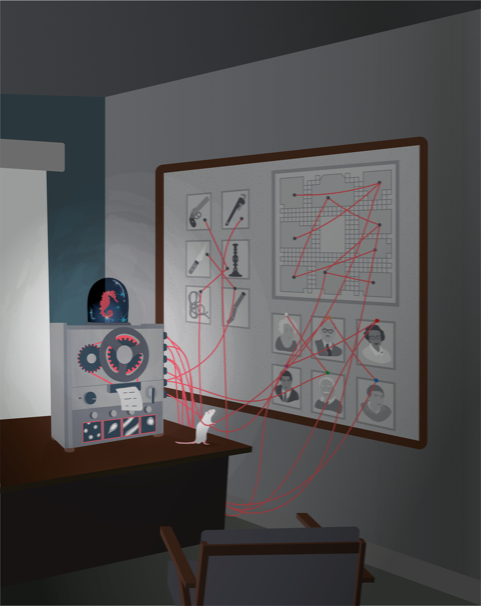
TEM in visual. Image by Gil Costa
Lead researcher, Dr James Whittington, said: ‘There has been lots of confusion over how the hippocampus can do so many apparently unrelated things. This work shows that those apparently unrelated things are actually the same things but seen from different angles. Thinking in this way opened up the possibility to build a mechanistic model to really understand how this part of the brain works.’
- ‹ previous
- 28 of 248
- next ›
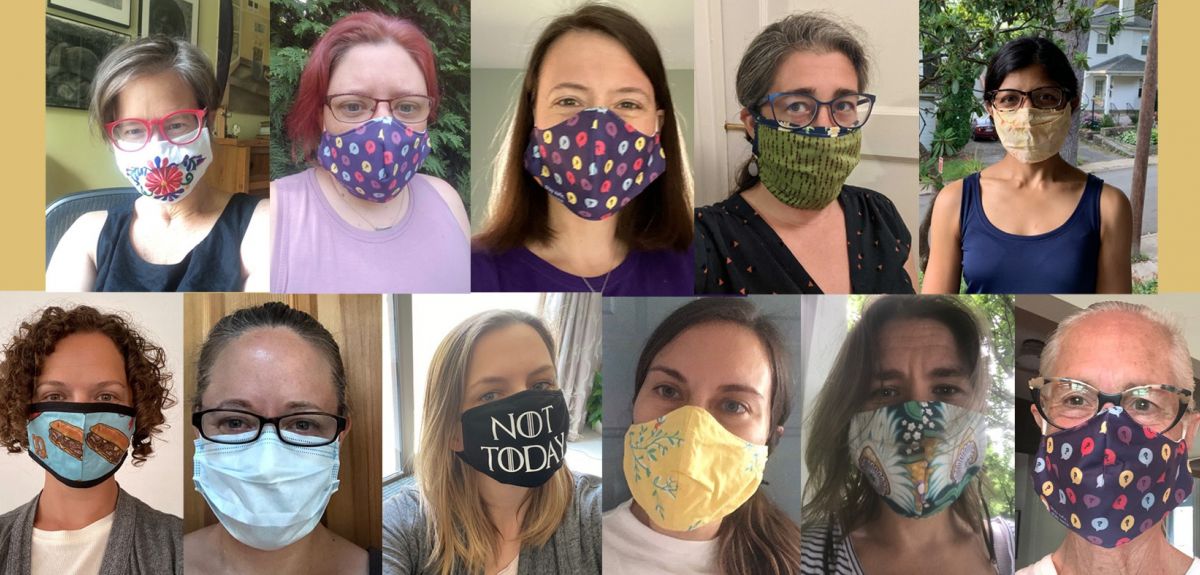
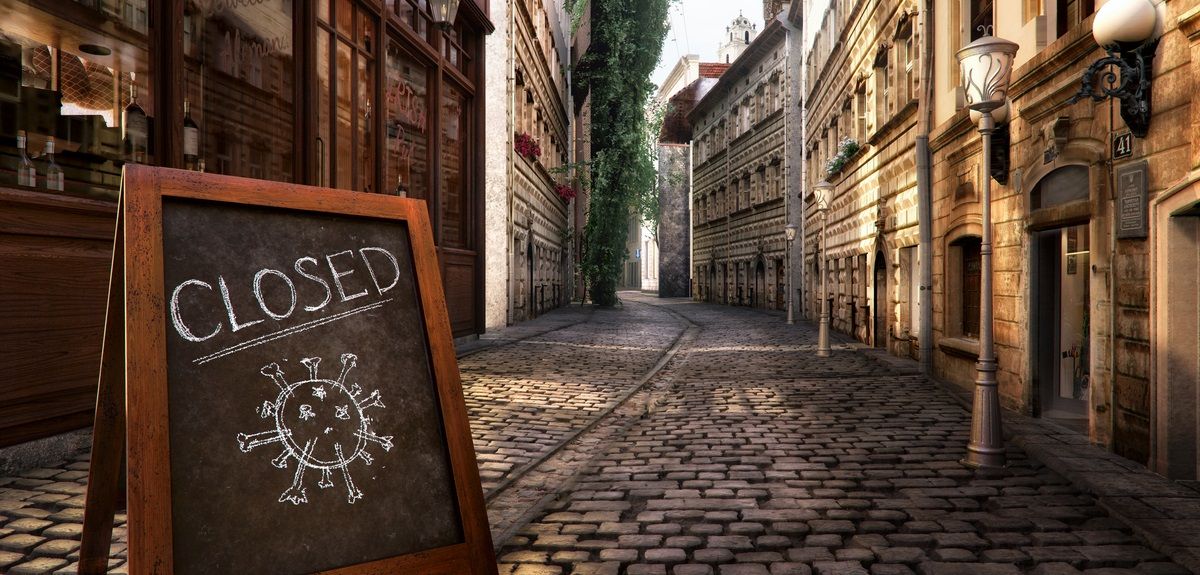
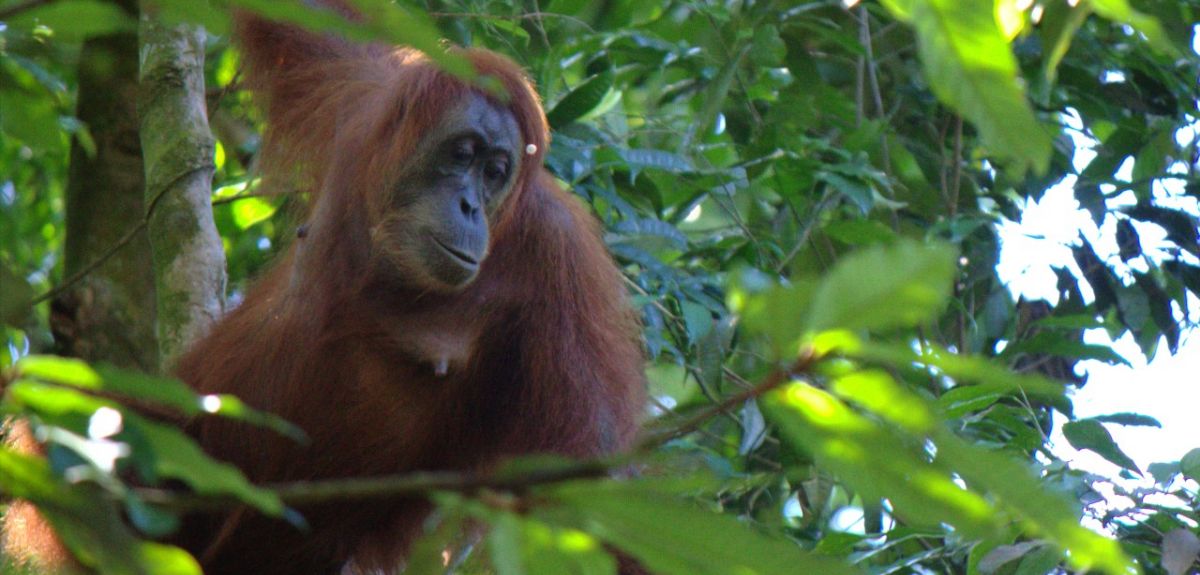
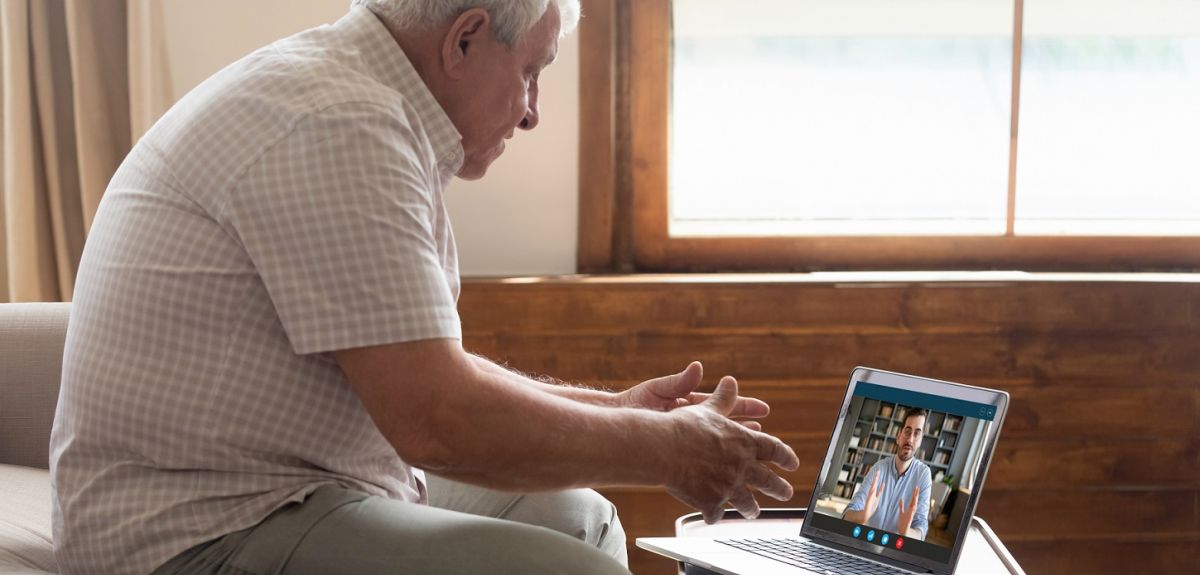

 The Oxford students at the forefront of the fight against microbial resistance
The Oxford students at the forefront of the fight against microbial resistance  The hidden cost of AI: In conversation with Professor Mark Graham
The hidden cost of AI: In conversation with Professor Mark Graham  Astrophoria Foundation Year: Dr Jo Begbie reflects on the programme’s first year
Astrophoria Foundation Year: Dr Jo Begbie reflects on the programme’s first year World Malaria Day 2024: an interview with Professor Philippe Guerin
World Malaria Day 2024: an interview with Professor Philippe Guerin From health policies to clinical practice, research on mental and brain health influences many areas of public life
From health policies to clinical practice, research on mental and brain health influences many areas of public life From research to action: How the Young Lives project is helping to protect girls from child marriage
From research to action: How the Young Lives project is helping to protect girls from child marriage  Can we truly align AI with human values? - Q&A with Brian Christian
Can we truly align AI with human values? - Q&A with Brian Christian  Entering the quantum era
Entering the quantum era Can AI be a force for inclusion?
Can AI be a force for inclusion?